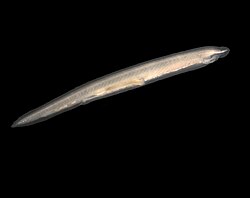Urochordates-Affinities
Affinities of Urochordates .
The typical tunicate looks like a non-chordate animal. If the life history of such animal is studied, the larval form reveals the chordate characters of that animal.
In 1816, Lamarck and Cuvier placed these animals in one class ‘Tunicata’ (was at one time called Urochordata, and the term urochordates is still sometimes used for these animals). Allis described a compound Ascidian “Botryllus’ in 1756.KowalevskSi. Worked on the development ofthe Ascidian and placd them’in tunicates after observing the chordate features.
Tunicata

Urochordates-Resemblance. With Chordate. :
Chordate : Wikipedia

1. Presence of dorsal tubular nerve cord,
2. Presence of Notochord,
3. Well developed pharynx with gill-slits.
4. Presence of endostyle on the ventral side of the pharynx
5. Presence of atrium around pharynx.
6. Presence of post - anal tail, with tail fin.
Because of these chordate features tunicates are included in chordates group.
Urochordates-Resemblance with Amphioxus:Amphioxus also know as lancelets : Wikipedia

1. Presence of notochord.
2. Presence of dorsal tubular nerve cord.
3. Presence of large pharynx with gill slits.
4. Presence of atrium and atriopore.
5. Presence of muscle band.
Thus, the Urochordates show close relation with Cephalochordates. But the Urochordates differ with other Chordates because of the following peculiar characters.
1 .Presence of retrogressive metamorphosis.
2. Absence of segmentation.
Because of these characters zoologists included these animals in a
Separate sub-phylum Urochordates.
During recent years many zoologists regarded the tunicates as primitive and ancestral forms to chordates as a whole.
